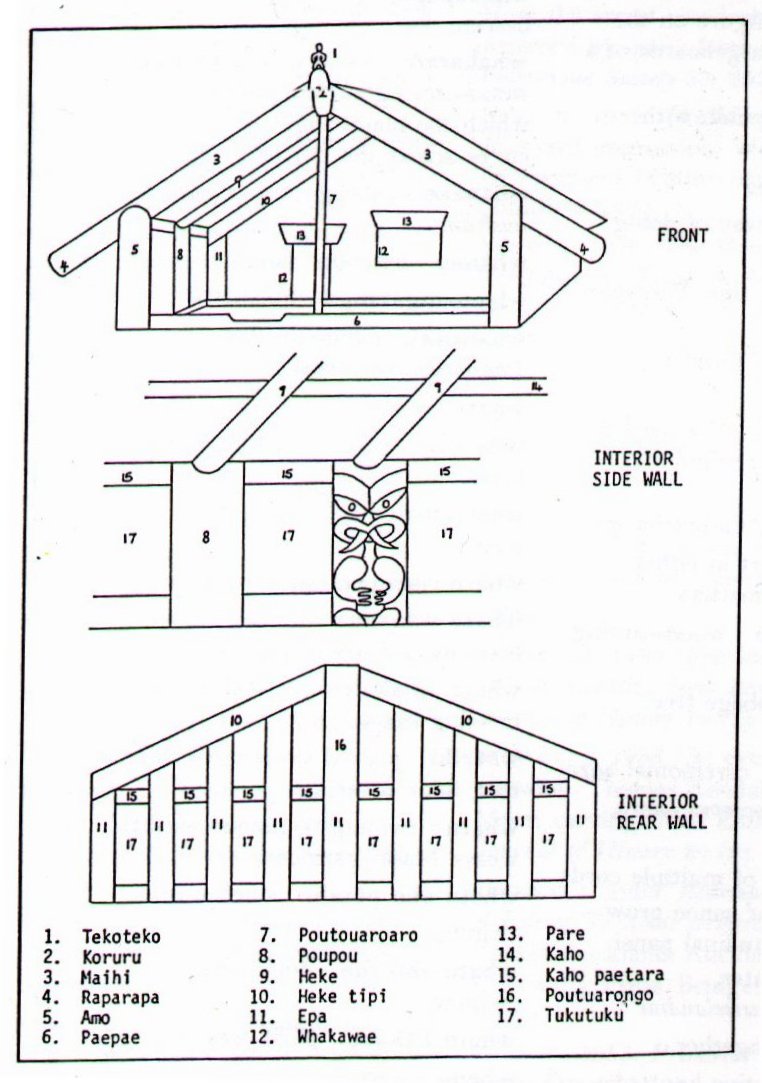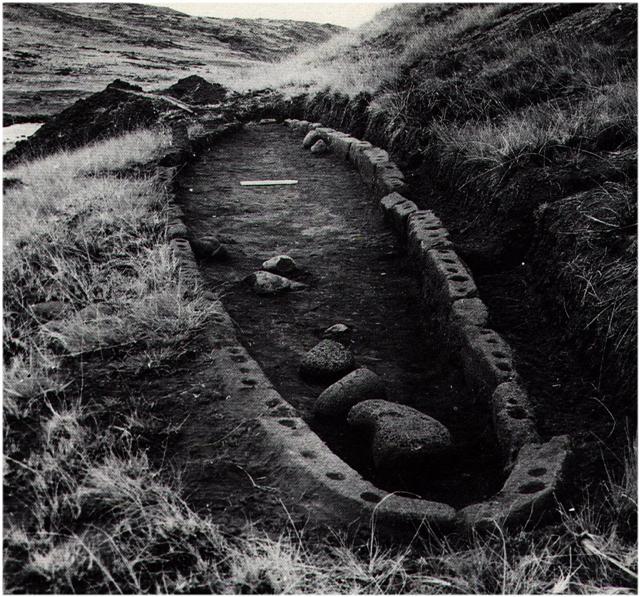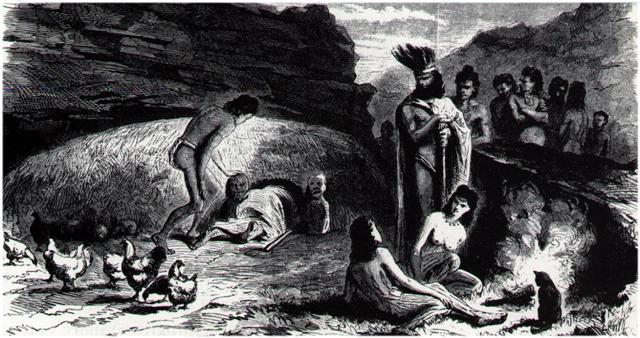Once again. Should we let the last 2 glyphs on side a of the C tablet represent a pair of 'zero days' for the calendar described on side b, then its measure would increase from 348 (= 12 * 29) to 350 (= 14 * 25). ... Thus the regular old Roman year ended with Februarius 23 and it was 350 nights long, 25 fortnights. Then followed 5 extra nights, or as the Romans saw it 5 + 1 = 6 nights in order to include March 1, the first day of the new regular year ...
Could te heke in *Ca14-11 (where 14 * 11 = 154 = 290 - 136) had been placed there because of *377: ... a 27-day intercalary month, the Mensis Intercalaris, was sometimes inserted between February and March. This intercalary month was formed by inserting 22 days after the first 23 or 24 days of February ... the last five days of February, which counted down toward the start of March, became the last five days of Intercalaris. The net effect was to add 22 or 23 days to the year, forming an intercalary year of 377 or 378 days ... 272 (= 2 * 136) - 260 = 12 = 377 - 365. Number 260 may have been used for converting right ascension days into nakshatra dates:
And number 77 for converting the right ascension days into heliacal dates.
... But little Maui stood up for himself. 'Well then, I'd better go, I suppose', he said. 'Since you say so, I must be someone else's child. But I did think I was yours, because I know I was born at the edge of the sea, and you cut off a tuft of your hair and wrapped me in it and threw me in the waves. After that the seaweed took care of me and I drifted about in the sea, wrapped in long tangles of kelp, until a breeze blew me on shore again, and some jelly-fish rolled themself around me to protect me on the sandy beach. Clouds of flies settled on me and I might have been eaten up by the maggots; flocks of seabirds came, and I might have been pecked to pieces. But then my great-ancestor Tama nui ki te rangi arrived. He saw the clouds of flies and all the birds, and he came and pulled away the jelly-fish, and there was I, a human being! Well, he picked me up and washed me and took me home, and hung me in the rafters in the warmth of the fire, and he saved my life ...
... The Fijian barkcloth that in the end captures the chief represents his capture of the land: upon installation, he is said to hold the 'barkcloth of the land' (masi ni vanua). The barkcloth thus has deeper significance. In general ritual usage, barkcloth serves as 'the path of the god'. Hanging from the rafters at the rear, sacred end of the ancient temple, it is the avenue by which the god descends to enter the priest ... ... It is certainly true that the exterior form of the hare paenga, when the superstructure and thatch are intact, resembles an overturned boat, with the form established by the foundation. However, it is equally true (and perhaps equally important) that the configuration of the foundation is otherwise most like the Rapa Nui vulva design called komari. The komari is the quintessential female symbol which is everywhere prominent in Rapa Nui art, often carved in rock and wood, incised on human crania, and painted on the human body. In the hare paenga foundation form, the komari is cut in stone and embedded in the earth, the cosmologically female realm.
Spanning above, over and virtually into this komari foundation is the ridgepole 'backbone' and curved rafter 'ribs' of what I surmise to be a symbolically male form. In short, we have a shelter which may be metaphorically understood as 'the sky father enclosing his progeny as he embraces the earth'. Those progeny entered and departed this male/female, earth/sky form through a low, dark tunnel which may be logically compared to the birth canal.
This postulated symbolism does not, of course, negate the 'overturned boat' comparison, since Polynesian canoes were often likened to the bodies of great ancestors or to Tane as First Man. The canoe which transported the first exploratory voyage to Rapa Nui was said to have been called The Living Wood, a reference to Tane. Indeed, it is likely that the 'overturned boat' concept and its relationship to home, hearth and lineage, which is so graphically visible, was commonly understood (hence its retention in the oral literature), while the more esoteric godly connections, perhaps along the lines of those explored here, were known only by spiritual leaders ... ... Three layers of thatch (hatunga) were secured to the wooden framework in a horizontal manner… The inner layer was of mats (moenga) made of reeds (Scirpus californicus) and sewn together with hau cords. The middle layer was composed of sugar cane leaves (toa or rau toa) which were also probably sewn together to form matwork. The topmost layer was of bundled grass (mauku), laid horizontally and held in place by purlins (kaukau miro) ... the hau cords which secured the purlins to the rafters and the rafters to the ridge pole were always to be knotted towards the right and in three revolutions, 'like [tying off] the umbilical cord of a baby'. A similar practice was once utilised (and occasionally still is) to fasten the lines on a boat. Hotu Matu'a, they said, had promised that if this triplicate practice were followed, fishermen would not lose their lives when their boats capsized at sea and hare paenga would not be torn from their foundations by the wind ... ... chevron ... mark of officer's rank ... (O)F. chevron = Pr. cabrion, Sp. cabrio, rafter, chevron, long-service stripe ... Rom. *capriōne, f. caper goat, corr. to ON. hafr he-goat; cf. Sp. cabriol rafter ... L. capreolus (dim. of caper), the pl. of which was applied to two pieces of wood inclined like rafters ...
I imagine the Peruvian ceque could have corresponded to the Polynesian heke:
... I and II (Chinchasuyu and Collansuyu) were 'white', while III and IV (Antisuyu and Cuntisuyu) were 'black'). Disregarding the Western Civilization 'black' means 'fertile' (like woman) in contrast to 'male' and 'white' (like dry old bones). Or - from another perspective - the 2nd and 4th quarters are full of life (and death), while the 1st and 3rd quarters are static. Or - from yet another perspective - the 2nd and 4th quarters are 'wet' (like moon), while the 1st and 3rd quarters are 'dry' (like sun) ... |
|||||||||||||||||||||||||||||||||||||||||||||||||||||||||||||||||||||||||||||||||||||||||||||||||||||||||||||||||||||||











